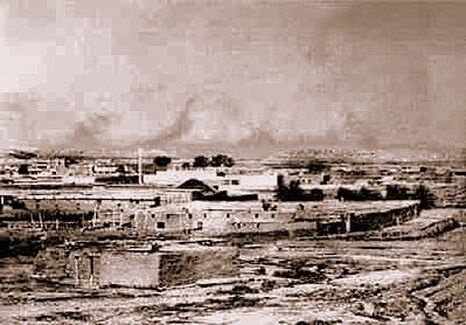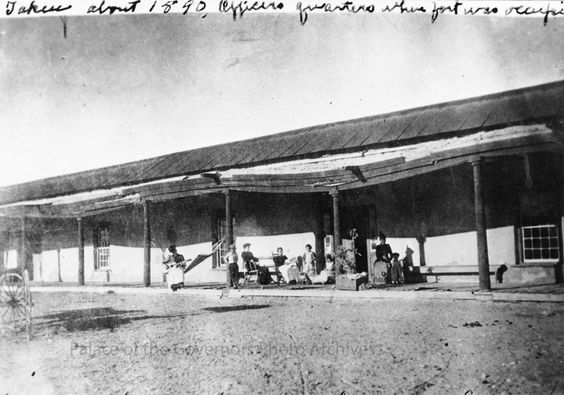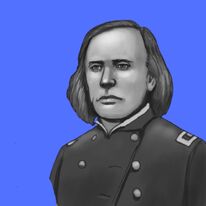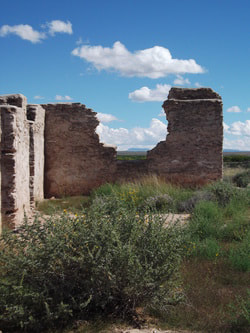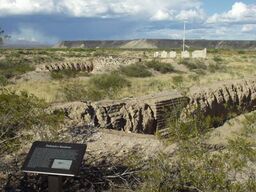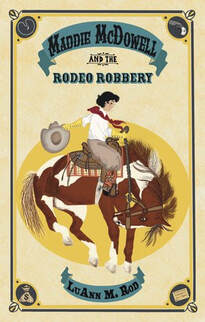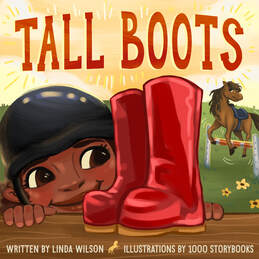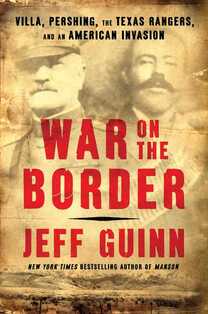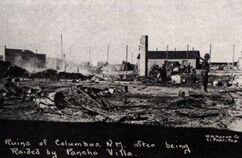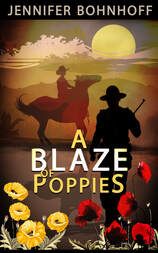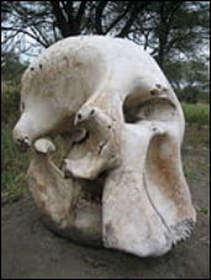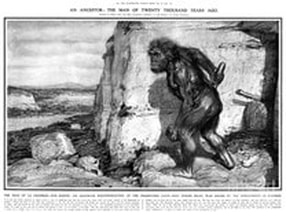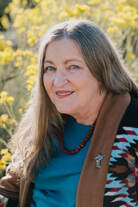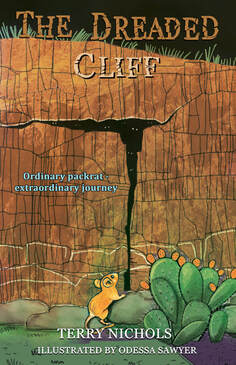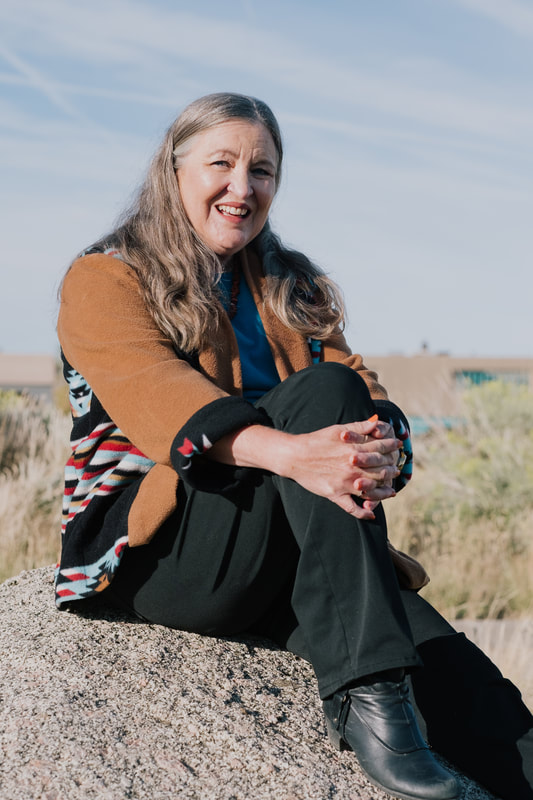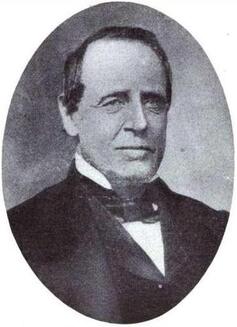
Henry Connelly was born in 1800 in what is now Spencer County, Kentucky. An Irish Roman Catholic, he received a medical degree from Transylvania University in Lexington, Kentucky, then practiced medicine and ran a store in Liberty, Clay County, Missouri beginning in 1820. In 1824, he left both his store and his medical practice behind to join a trading party bound for Santa Fe. From there, he went south and took a job as a clerk in a store in Chihuahua, Mexico. By 1830, he had bought out the owner of the store. He married a local woman and began a family. He frequently traveled on business between Chihuahua, Missouri, and New Orleans.
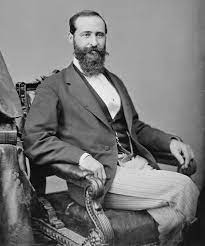 José Francisco Chaves
José Francisco Chaves 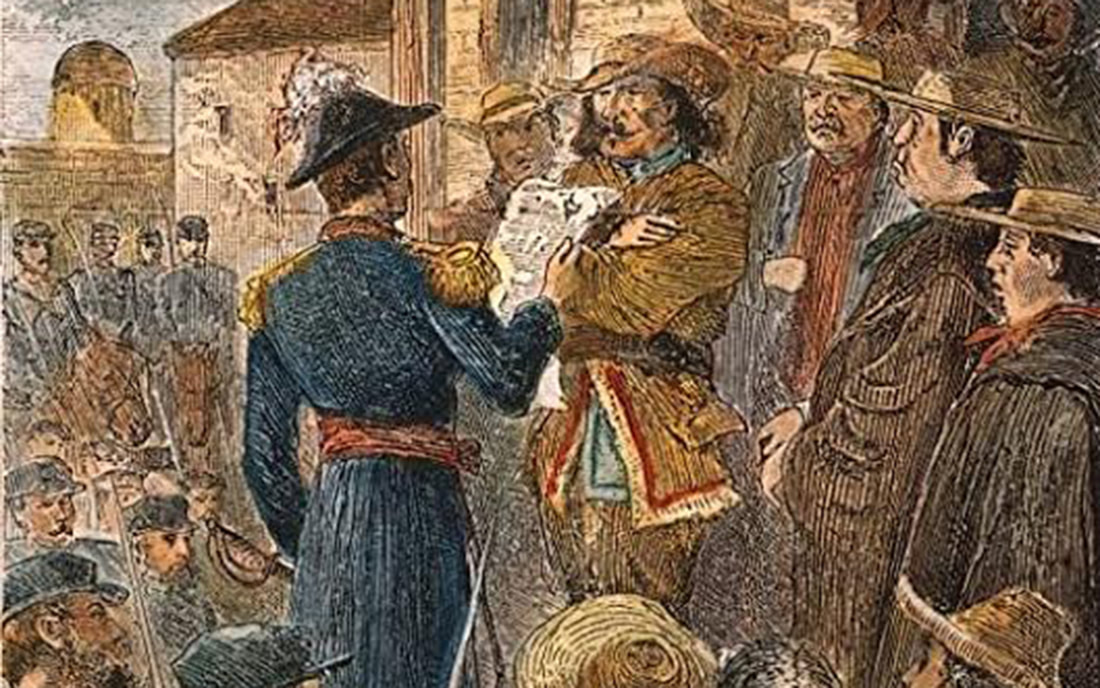
In May of 1850, New Mexico attempted to attain statehood. A constitutional assembly convened and ratified a state constitution by and overwhelming 6,771 votes to 39. The constitution was adopted in June, and Henry Connelly, who was absent from New Mexico at the time, was elected governor. However, the military governor, Colonel John Munroe, forbade the elected officials to assume power. Then, on September 9th, U.S. Senate passed the Compromise of 1850, which included an act to organize New Mexico as a territorial government, making null the vote of the constitutional convention. Not becoming Governor did not stop Connelly, however. In the following year he was elected to the upper house, the Territorial Council, an office he continued to hold through 1859. He was also part of the partnership in the New Mexican Railway Company, which planned to build a transcontinental railroad through the southern portion of New Mexico in 1860. The start of the Civil War put the railroad plans on hold. When the railroad finally entered New Mexico in 1880, it followed a more northerly route.
 William Carr Lane
William Carr Lane
One of Connelly’s first acts was to begin working to repeal the 1859 Act for the Protection of Slave Property. He also began working to help the territory protect itself. Within the first week after his inauguration, Connelly contacted every county in the territory, urging the establishment of a militia, or home guard. Connelly knew that the enemy, Texans serving in the Confederate Army under Brigadier General H.H. Sibley, were intent on continuing up the Rio. Unfortunately, too little time to train and the fact that many New Mexicans did not speak English made integrating them into the army a difficult proposition.
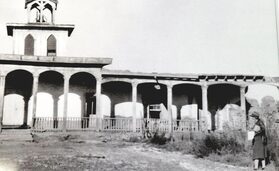
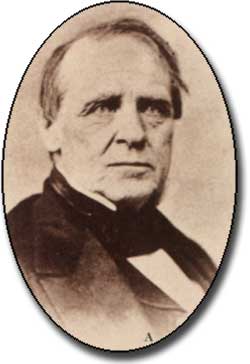
Henry Connelly was ill during a good part of his governorship. He was absent from the territory from the fall of 1862 until May 1863 as he tried to recuperate. In his absence, Territorial Secretary William F.M. Arny served as Acting Governor. Connelly finally retired as chief executive on July 16, 1866, then died of an opium overdose less than a month later. He is buried in the San Rosario Cemetery in Santa Fe.

